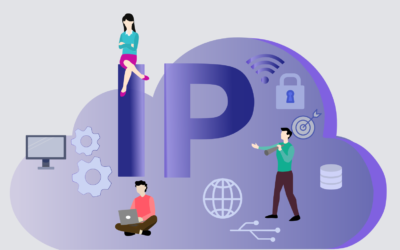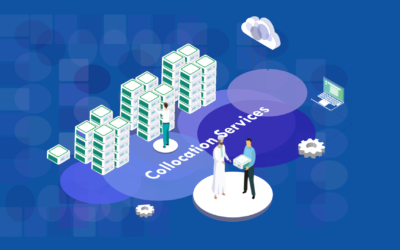What is MPLS
Multiprotocol Label Switching (MPLS) is a sophisticated routing method utilized in modern telecommunications networks to efficiently steer data packets through the network. The core objective of this protocol is to improve network reliability and data transfer speeds while simplifying traffic management. By assigning labels to data packets, MPLS can quickly and accurately direct traffic to its destination, resulting in a more efficient and streamlined network. This technology has become increasingly popular in recent years due to its ability to easily handle large volumes of data traffic, making it an essential tool for businesses and organizations that rely on high-speed data transfer.
Deployment Models
Within the realm of MPLS deployment, two primary models exist Label Switched Path (LSP) and Virtual Private Network (VPN). LSP operates by circumventing the potentially time-consuming process of table lookups, thus resulting in faster network traffic flow. Meanwhile, VPN provides heightened security for businesses operating within the network environment.
Benefits
Multiprotocol Label Switching (MPLS) is a networking technology that provides numerous benefits to businesses. One of its key advantages is the ability to prioritize different types of traffic, enabling companies to ensure a specific level of network performance. Critical applications like voice and video can be prioritized over lower-priority traffic, such as email or web browsing.
In addition to prioritization, MPLS also helps to safeguard data integrity and confidentiality by using labels, which are applied to packets as they travel through the network. Labels become helpful in identifying the path packets should take through the network, which helps prevent them from being intercepted or tampered with.
Overall, MPLS can provide businesses with faster and more reliable network connections, leading to increased productivity and improved customer satisfaction. Additionally, labels and prioritization can enhance data protection and help companies comply with regulatory requirements.
What you need to know
When it comes to companies utilizing MPLS, it is imperative to consider the deployment model that will function most efficiently for their organization. In addition, verifying that their chosen provider possesses adequate network redundancy is essential to prevent any potential downtime during outages. Collaborating with a provider with a wealth of knowledge and experience in the field is highly recommended to ensure that the MPLS implementation -is tailored to meet the company’s specific requirements and budget constraints.
The Advantages of MPLS
In the realm of corporate networks, Multiprotocol Label Switching (MPLS) offers a plethora of advantages. Notably, it facilitates Quality of Service (QoS) by ensuring that critical data receives the necessary bandwidth for optimal performance. Additionally, this technology enhances scalability by allowing the network to expand as the organization’s requirements shift. MPLS also boosts reliability, minimizing the likelihood of data packet loss and reducing latency. Furthermore, MPLS increases flexibility by enabling traffic engineering and simplifying network management. Lastly, this technology can even reduce costs by optimizing network utilization and reducing the need for expensive hardware upgrades.
Conclusion
In today’s interconnected business world, having a reliable and secure network is crucial for success. MPLS, or Multiprotocol Label Switching, is a powerful tool businesses can use to enhance their network performance and data security. MPLS allows for efficient routing of network traffic, ensuring that data is delivered quickly and reliably. Additionally, MPLS provides high security, as data is encrypted and isolated from other network traffic.
To fully optimize their investment in MPLS, businesses should take the time to understand the technology’s various deployment models, benefits, and advantages. For example, MPLS can be deployed as a fully managed service, allowing businesses to focus on their core competencies while leaving network management to a trusted provider. Alternatively, businesses can deploy MPLS in-house, giving them greater control over their network and the ability to customize the technology to meet their specific needs.
Ultimately, the key to success with MPLS is to work with a trusted provider who can help businesses to understand their options and choose the deployment model that is best suited to their needs. With its ability to enhance network performance and data security, MPLS is a valuable tool that can help businesses to achieve their goals in today’s competitive business environment. Connectivity refers to various communication networks such as wide area network (WAN), internet, point-to-point, voice, and others. Both traditional telecom and regional fiber providers offer these networks. Cloud DFW provides access to these services and local and global solutions.

Drew Stephens is a tenured IT professional who has worked with many technologies. He holds a B.S in Computer Science and has certifications in Network Infrastructure, Administration, Voice, Cloud Stacks, and platforms, including Azure and Google Cloud. He also has fluency in Director Level Sales in FinTech, Healthcare, and Retail.





0 Comments